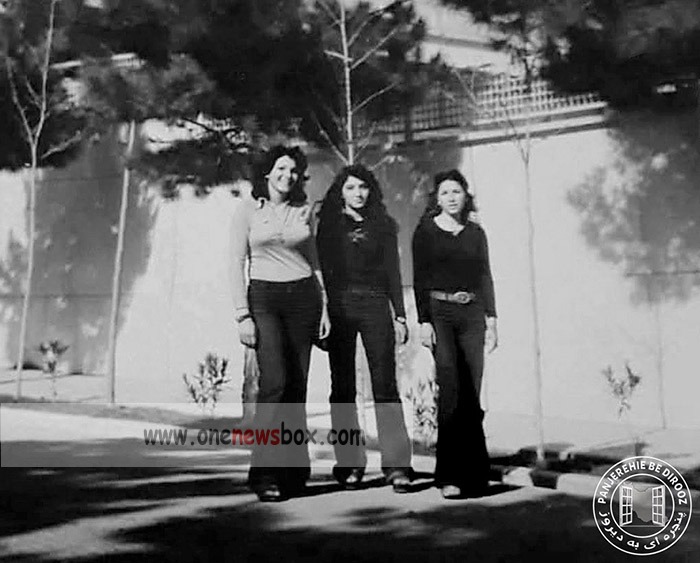During the 1950s, several key cultural policies and movements deepened this divide:
-
Archaism: A revival of pride in pre-Islamic Iran, used by the monarchy to promote nationalism. This alienated religious groups who viewed such emphasis as anti-Islamic.
-
Anti-Islamism: Secular intellectuals often criticized the clergy and religion as obstacles to progress.
-
Anti-Traditionalism: Reformers rejected bazaar traditions, family hierarchies, and conservative social norms.
-
Modernism: Advocated for Western-inspired reforms in law, education, art, and lifestyle.
The collision of these trends produced conflicts and tensions in everyday life—whether in clothing choices, educational curricula, artistic production, or public debates.
Media and Cultural Penetration
One of the most significant instruments of Western cultural penetration was mass media. Radio broadcasts and newspapers increasingly featured Western content, while in the 1960s and 1970s television became the primary battleground of culture. Even though television was nationalized in 1966, by the mid-1970s nearly 80 percent of its content consisted of Western programs. This reflected both the appetite of the urban middle class for global culture and the weakness of indigenous cultural production.

